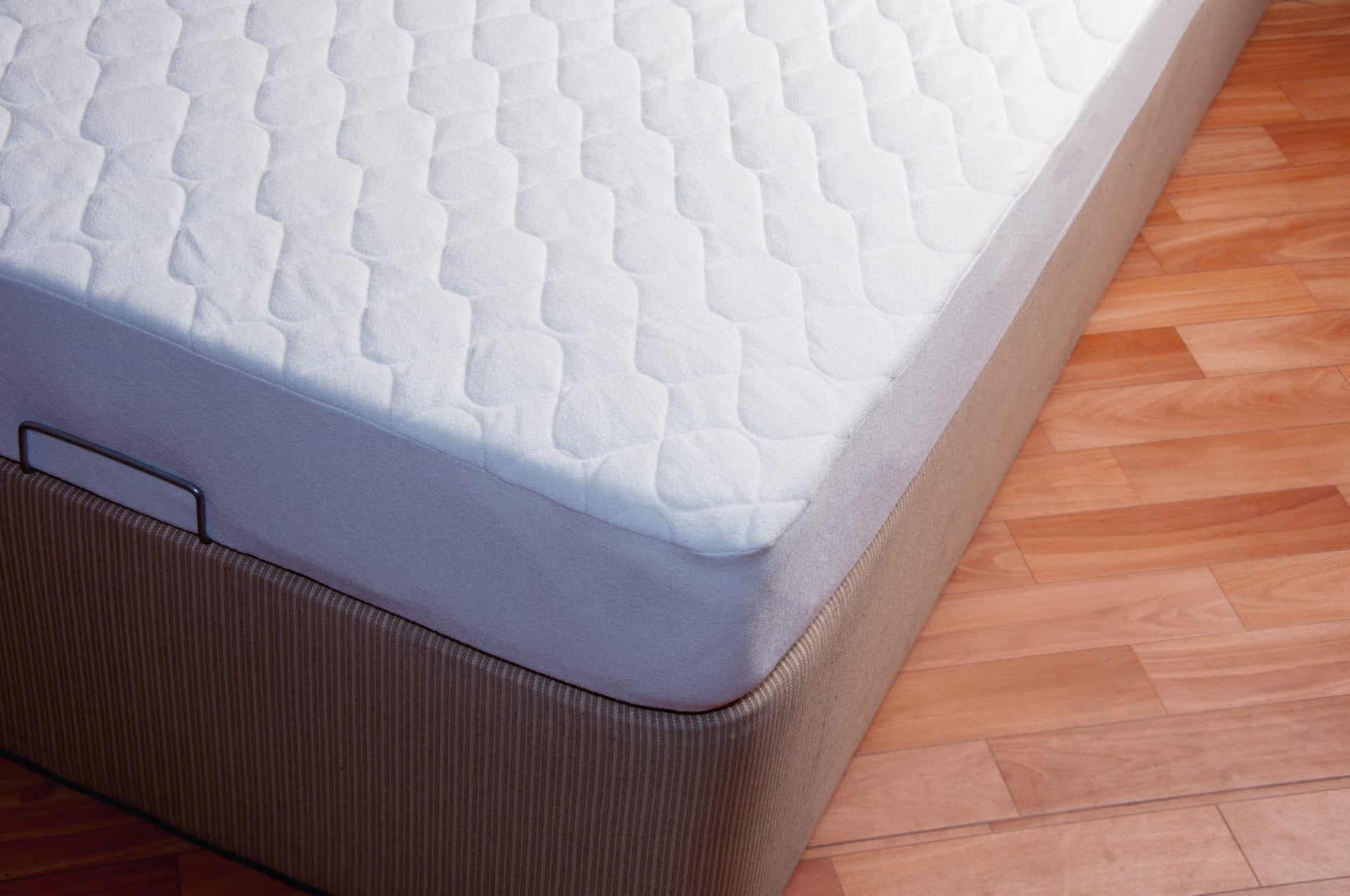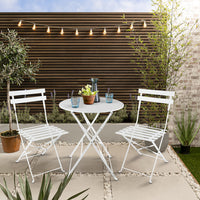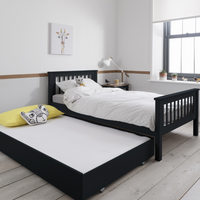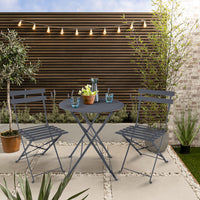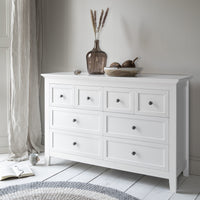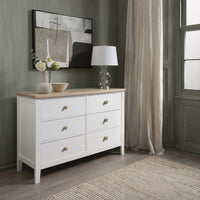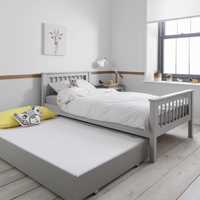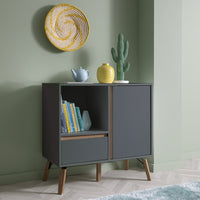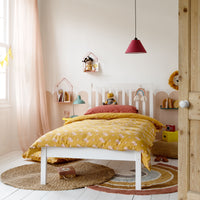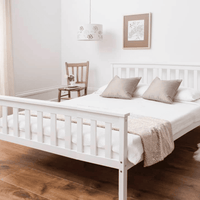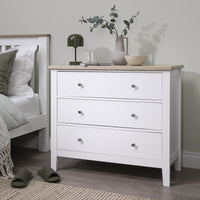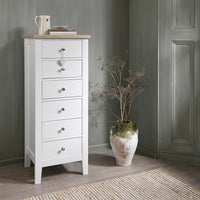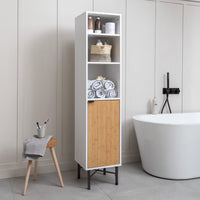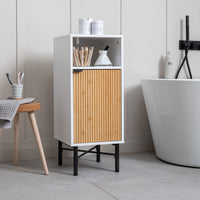Calling all allergy sufferers! If you’re struggling to get a restful night’s sleep because of scratching, sneezing and generally feeling rubbish, it might be time to try a new approach. A hypoallergenic mattress is a great place to start if you’re looking for ways to make your bedroom an allergen-free zone, so we’ve put together an essential guide to buying a hypoallergenic mattress with everything you need to know. Let’s start from the beginning:
